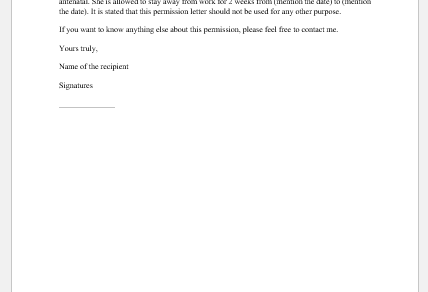When we look at the file of the patient admitted to hospital care, the medication record sheet is one of the most important papers in a patient’s file. This chart is a summary of all the medicines that have been given to a particular patient or are being given.
Who uses the medication record sheet?
The medication record is filled out by the nurses because they are the ones who administer the drug to the patient. When they give any medicine, whether oral, injectable, local, or through any other route, they mention it in the medication record sheet with the proper date and time.
It can also be filled out by the doctors as an order sheet where they mention the proper dose and frequency of medicine, and nurses have to carry out these orders.
Description of the medication record sheet
A medication record sheet is very simple once explained properly.
On the top, there is the name of the patient written. This is very important. A patient’s proper identity is the most important part of any form we see in the hospital. Mention the name of the
Then there comes the flow sheet. Like any other flow chart, it contains some rows and some columns. We can explain each of them one by one.
- The first column is for the date. A nurse must start by mentioning the date on which she is administering the medicine. It is also important to mention the time of administration.
- In the second column, we can appreciate how the term “medication” is written. This means which medicine is given. A proper, clear generic name of the drug/medicine must be mentioned in understandable handwriting. It’s very important because many drugs have very similar spellings, even if the generic names are being used. For example, paracetamol is an antipyretic drug and metronidazole is an anti-amebic drug, but they sound quite similar. So, the nurse has to be very careful while writing the name of the drug in this column.
The dose of the medicine has been assigned to the third column. This is again a very important thing to fill in and requires special attention. Each drug has a different dose for different diseases and different age groups. Mostly, the dose is adjusted based on the weight of the patient, and any carelessness can lead to serious consequences.
The next column is for the frequency of the drug. It means how many times a day a certain drug has to be given. Some drugs are given only once a day, while others can be given up to four or six times a day. So, this is again an important column to fill in.
Time of the administration of the drug. It is critical to correctly mention whether the drug is administered in the morning or evening.
For Example
1000 mg of paracetamol given intravenously six hours a day at 10 am on February 14 is written as
Feb:14 paracetamol: 1000 mg 6 hourly
[Templates]

- Nursing Documentation Templates
- Mental Health Evaluation Forms
- Forms Used by Pediatricians
- Various Forms Related to Pregnancy Verification
- Common Forms Used by ENT Specialists
- Pain Diary Worksheet Template
- Forms Commonly Used by Old Age Homes
- Medical Treatment Consent Form
- Home Exercise Program Worksheet
- Forms Used for Mental Health Assessment
- Forms Used by Psychologists
- Medical Forms Commonly Used by/for Students
- Assessment Consent Form
- Forms Used by an Anesthesiologist
- Not Fit to Fly Certificate Template



